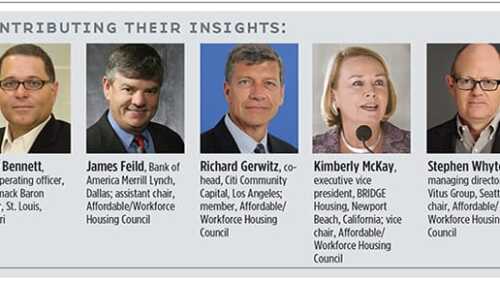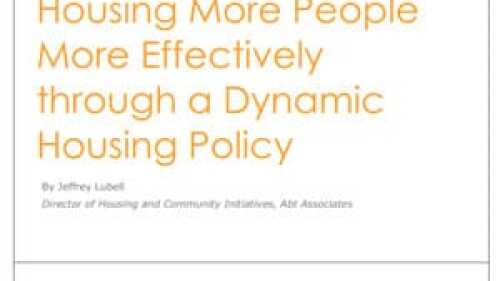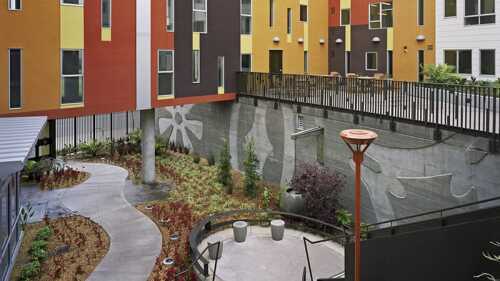Residential
A generation ago, many children in New York City’s Bronx borough were languishing in underperforming schools. Informed by a growing body of research and buoyed by the area’s can-do spirit, community leaders embarked on an ambitious plan to right this wrong. Their meticulous work came to fruition two years ago with the New Settlement Community Campus.
The nine-hole golf course at the Charles R. Drew Charter School gets a lot of use during an average school day. That golf is a dedicated subject at a southern school is not exactly remarkable—but how this came to be is. Two decades ago, the golf course was closed—and as decrepit as the East Lake Meadows housing project that sat on its edge.
New research sponsored by UDR Inc. and published by ULI shows that 26 percent of gen Yers currently own homes and virtually all expect to own a home eventually.
In other times, Houston’s economic performance in 2014 would have been considered outstanding. But despite those strong results, no euphoria spills from the lips of Houston economists today. Caution rules in the business community.
Experts on affordable housing and members of ULI’s Affordable/Workforce Housing Council discuss how to make affordable housing less costly to build and more supportive for residents.
Owners of detached single-family houses are finding ways to add accessory dwellings to their homes. Planners have only recently started to address the trend, crafting regulatory changes that can help PADs enrich the intergenerational fabric of communities.
Ten new multifamily developments blend units for residents at a variety of income levels in or near urban cores.
As U.S. home prices have bounced back, activists, advocates, and community developers have struggled to make housing more affordable.
The design quality of affordable housing can have a substantial positive effect on both residents and the surrounding community.
The big housing news of 2015 so far has been the Obama administration’s announcement that the Federal Housing Administration (FHA) will reduce the annual premiums new borrowers pay for FHA-insured home mortgage loans by 50 basis points—a half percentage point. But what impact will that have on affordability?









